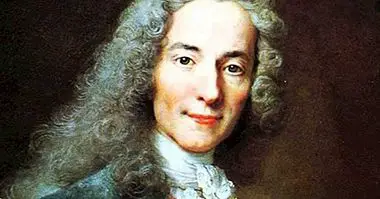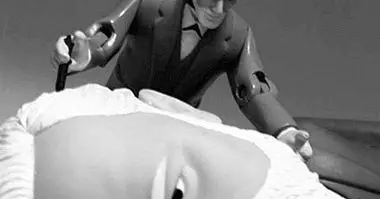Vicar conditioning: how does this type of learning work?
Vicar conditioning is a type of learning that depends on the observation of the reactions of other people to a relevant stimulus both for the subject and for those who observe it, or for the perception of the contingency between a response and certain consequences based on the behavior of others.
In this article we will describe the main characteristics of the vicar conditioning and the phases that compose it, as well as its relationship with other concepts related to very similar types of learning, such as modeling, imitation, social and observational learning.
- Maybe you're interested: "Behaviorism: history, concepts and main authors"
What is vicar conditioning?
The concept of vicar conditioning usually refers to a type of learning that occurs through the observation of the consequences of a behavior for another person . The nature of these results increases or reduces the likelihood that the observer will perform the same behavior.
This type of learning is part of the classical conditioning paradigm as well as the operant one. In these cases you do not learn an association between a behavior and its consequences, but between a stimulus and an answer; For example, young children may develop fear of an animal if they observe this response in other people.
Vicarious learning from the operative paradigm
From operative conditioning, if the result of the action is positive for the person doing it, we say that he has obtained reinforcement. If we observe that an alien behavior is reinforced , the probability of us executing that behavior increases: a child who sees his father give his sister a soda only after he asks for it, will probably imitate her.
On the other hand, when the behavior is followed by an aversive stimulus or by the withdrawal of a reinforcing stimulus, we will learn that we should not perform it. In these cases we speak of "punishment", which is defined as a consequence of a behavior that reduces the likelihood that we will do it again.
Reinforcement and punishment are not always material : the reinforcement is sometimes social, being able to consist of a smile or a compliment, and in others it is simply identified with the disappearance of an unpleasant emotion; A teacher can punish her students with bad grades, negative comments and in many other ways.
Differences with other types of learning
The concept "vicar conditioning" is very similar to others that are used in the psychology of learning: "Modeling", "social learning", "observational learning" and "learning by imitation" . Although in general terms all these terms refer to very close processes, there are significant nuances since each one highlights different aspects.
In the case of vicarious learning, emphasis is placed on the fact that the observed subject (that is, who executes the behavior or responds to the stimulation) he is immersed in a conditioning program , which as we have said can be of a classical type or instrumental or operant; in the latter case the subject also receives a reinforcement or punishment.
The word "modeling" has very similar implications: in this case, the fact that the person carrying out the conduct serves as a model for the observer stands out. Imitation is understood in a more restrictive way, being simply a copy of the behavior of other people that can generate learning.
"Observational learning" is a broad concept which collects the connotations of the other terms previously described. Finally, social learning refers to the behaviors involved in life in society; It is the most macro of all these types of learning, since it also includes others such as symbolic learning or verbal learning.
Phases of vicarious conditioning
The psychologist Albert Bandura described four processes necessary for vicarious or observational learning, which can also be understood as the phases through which this type of conditioning occurs.
1. Attention
The first step in acquiring a response through observation is the focus of attention in the model , that is, in the person (or living being) that originally executes it. Aspects such as the expectations of the observer and the relevance of the learning situation for the latter have a decisive influence on the attention process.
- Maybe you're interested: "Albert Bandura's Theory of Social Learning"
2. Retention
Retention refers to the ability of the observer to imitate the behavior once he has observed it without the need for the model to be present.For this it is necessary that the person who learns can encode the information through words or images and repeat it, either in the imagination or in an observable way.
3. Reproduction
Once the answer has been learned, it can be performed by the observer only if he has the skills required for it. This process consists of four sub-phases: the generation of an action plan, the conduct of the conduct, the comparison between the expectation and the actual performance and finally the modification through corrective adjustments.
4. Motivation
The probability of carrying out the behavior does not only depend on the subject having learned it correctly, but also on the fact that he has enough incentives to feel impelled to carry it out. In this sense it is worth noting the fundamental role of reinforcement in the motivation to imitate the behaviors of other people.



















